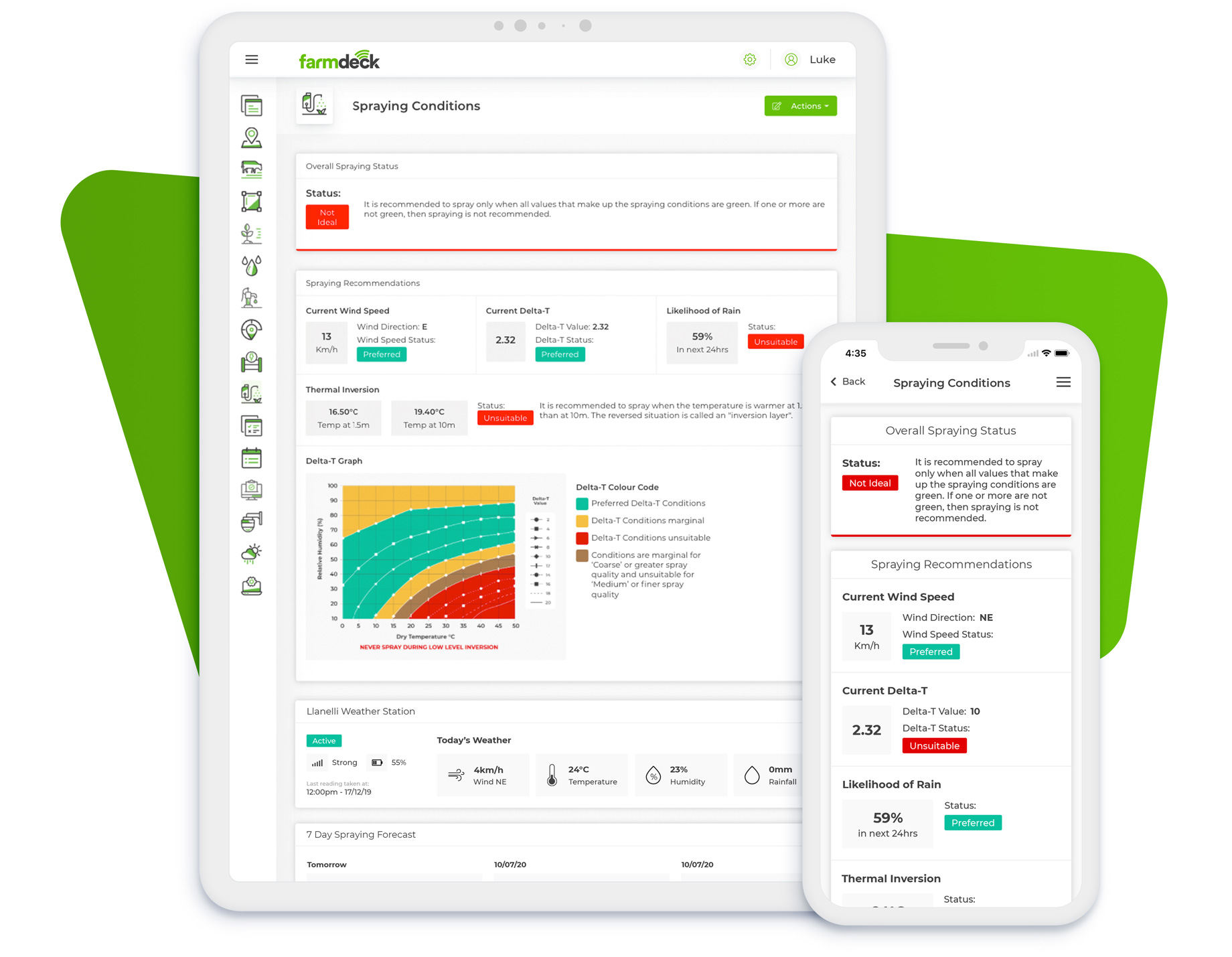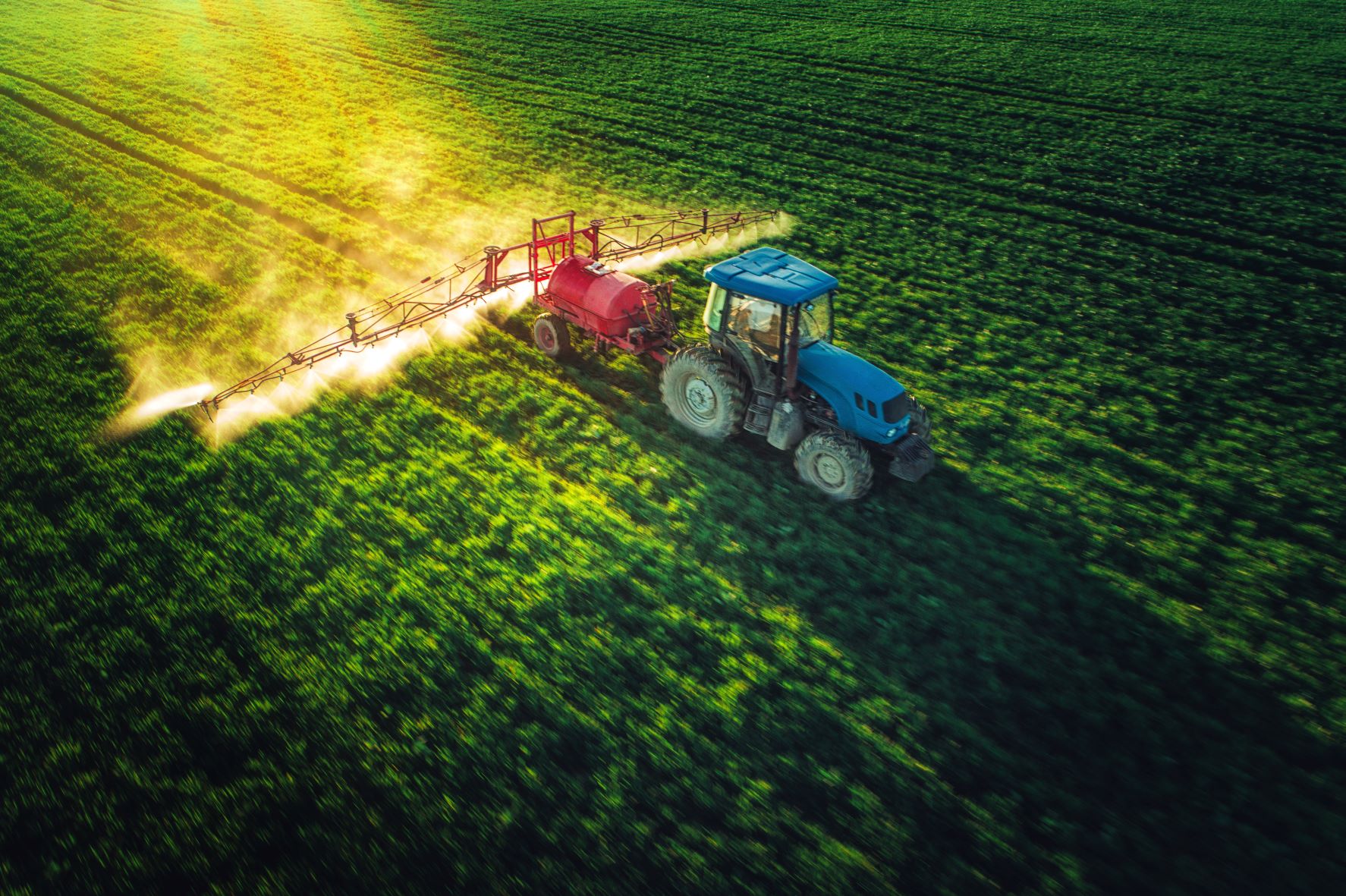Take proactive steps to minimise spray drift
Spraying is one of the most utilised activities when it comes to agricultural farming. The type of crop grown on the land and the season will influence what you spray and how often. Taking into account the spraying conditions, such as wind strength and direction, as well as the weather patterns, also dictate when you spray. Since this is a regular operation for crop farming in-season, you need to be aware of spray drift every time you spray your land – not only for your health but also for the health of your surrounding crops.
The Australian Pesticides and Veterinary Medicines Authority defines spray drift as “the movement of spray droplets of a pesticide outside of the application site during, or shortly after, application”. Essentially, this is when chemicals become airborne (whether drops, particles, or vapour) during spraying event, or shortly after, and move outside of the target area (the intended crop) meant to receive the spraying – and can be a major issue if not handled correctly.
So, how can you minimise spray drift, and what do you do if you experience this? Below we explain some simple steps you can put into practice to minimise spray drift and what to do if spray drift occurs.
Tips to minimise spray drift
Spray drift can happen because of a number of factors, like the weather condition and the equipment you use during spraying. Taking steps to minimise spray drift is important because it can affect your health and those of your farmhands, crops, or animals. Always make sure that your livestock are kept away from your spraying zone.
1. Equipment
It is imperative that you check your equipment setup: Nozzle model, size, boom height and system pressure and ensure that these are calibrated correctly for the spraying event. Ensuring your equipment is setup properly can reduce the risk of spray drift.
2. Strategise for potential drift
Always plan for drift, this way you can ensure that other crops or animals close by will be protected should it occur. Establish a protective area or a buffer zone. Drift can only happen in one direction – the direction the wind blows – use this as a guide to create your zone (this means this area is not always the same because the wind doesn’t always blow in the same direction). A three-metre buffer zone is known to decrease drift so always plan for this when establishing your protective area.

3 Be aware of the weather conditions
Agriculture Victoria advises on checking the weather conditions before you start and see if it is “suitable for spraying (wind speeds between 3 to 15km per hour blowing away from sensitive crops and areas, Delta T between 2 and 8, no inversion layer present).” They warn that if the weather is unpredictable or unfavourable to not spray.
Farmdeck’s Spraying Conditions IoT solution can help you understand the weather conditions better. It aims to help you spray safely by giving you an overall spraying status and recommendations based on four weather factors, such as windspeed, likelihood of rain, Delta-T, and thermal inversion. This feature also allows you to keep a record of your spraying events, including chemicals used, type of crops that were sprayed, nozzle name, type speed and angle, to name but a few. The great thing about this is that these records can help track the effectiveness of pesticides, and reduce health, trade, and environmental impacts by providing vital information if an incident occurs. This digital record also comes in handy and helps you meet audit requirements if you are chosen to undergo an audit.
4. Read the manual
Follow the manufacturer’s directions exactly and always be cautious when spraying (pay attention to equipment details and note if there are any restrictions). The Northern Territory Government advises anyone who is not a professional spray operator and who intends to spray agricultural chemicals to complete the ChemCert or equivalent national chemical accreditation course to AQF level 3.
What to do if spray drift occurs
Always investigate if spray drift has actually occurred – see if the surrounding crops, vegetation and animals have been affected.

Determine the extent of the drift. The Queensland Government advises determining whether the effects of the drift are minor and will grow out of the damage quickly and to engage “a private crop consultant to discuss the crops’ future after sustaining damage”. They explain that private crop consultants will be able to tell you if damage has been done due to spray drift or if its due to another unrelated cause, like plant disease or inadequate nutrient supply.
If, however, you have a strong suspicion that the damage on your land is due to chemical exposure, then you need to contact the relevant authority depending on the state you live in. It is imperative that you report the situation as soon as you become aware of it to reduce or maintain the exposure site.


